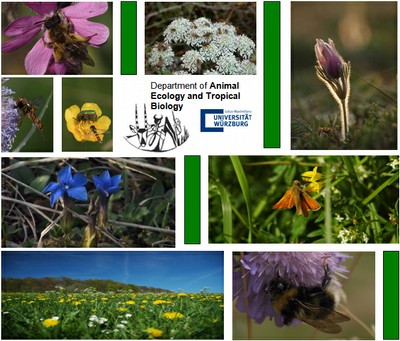Arthropods II – Abundance and diversity of arthropods
In phases one and two, the project was called "Invertebrates II".
• Monitoring canopy arthropod diversity at all the forest EPs and during the course of the season. Tree specific communities will be analysed on the ordinal level. Coleoptera, Heteroptera, Araneae, Ichneumonidae (parasitic Hymenoptera) and selected groups of xylobiontic Diptera are identified to the species level, forming the focus of the analysis.
• Analysis of community diversity, -structure, -dynamics and guild composition in respect to forest management practise within and between exploratories.
• Analysis of community dynamics based on fogging data collected over four years.
• Continuing monitoring of the deadwood accumulation experiments at all VIPs including the succession of the xylobiont community of the girdled trees.
• Monitoring of xylobiontic arthropods at the BeLongDead logs and correlating results with land use intensity within and between exploratories.
• Monitoring of xylobiontic arthropods at the FUNWOOD logs and correlating results with land use intensity within and between exploratories.
• Conducting the experiments designed to clarify the importance of xylobiontic arthropods for the infestation with fungal spores furthering the decomposition of the deadwood
- Tree fogging
- Flight interception traps in front of deadwood bundles
- Stem eclectors in BeLongDead experiment
- FUNWOOD: deadwood logs – outbreed of arthropods, sweep netting and FITs










